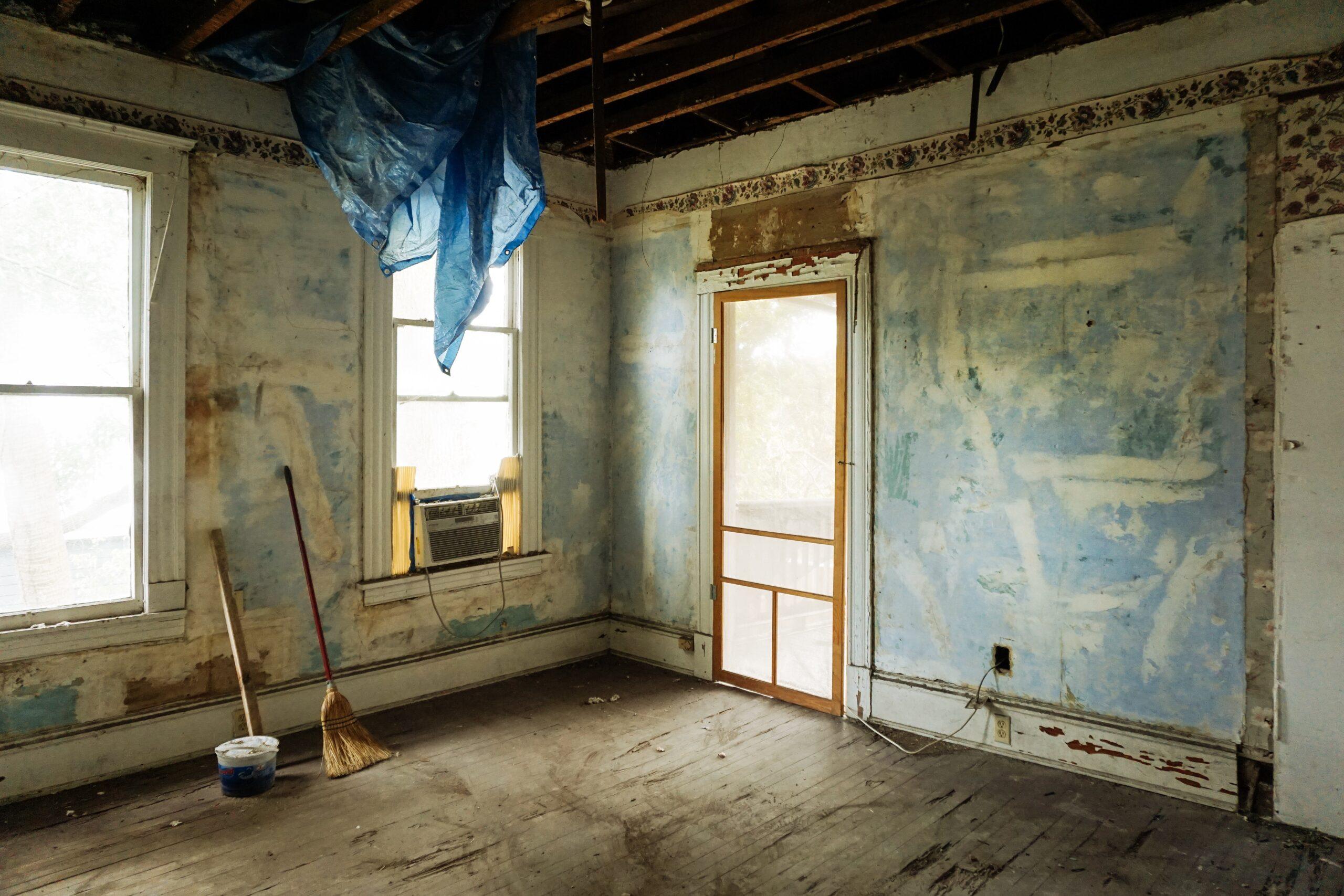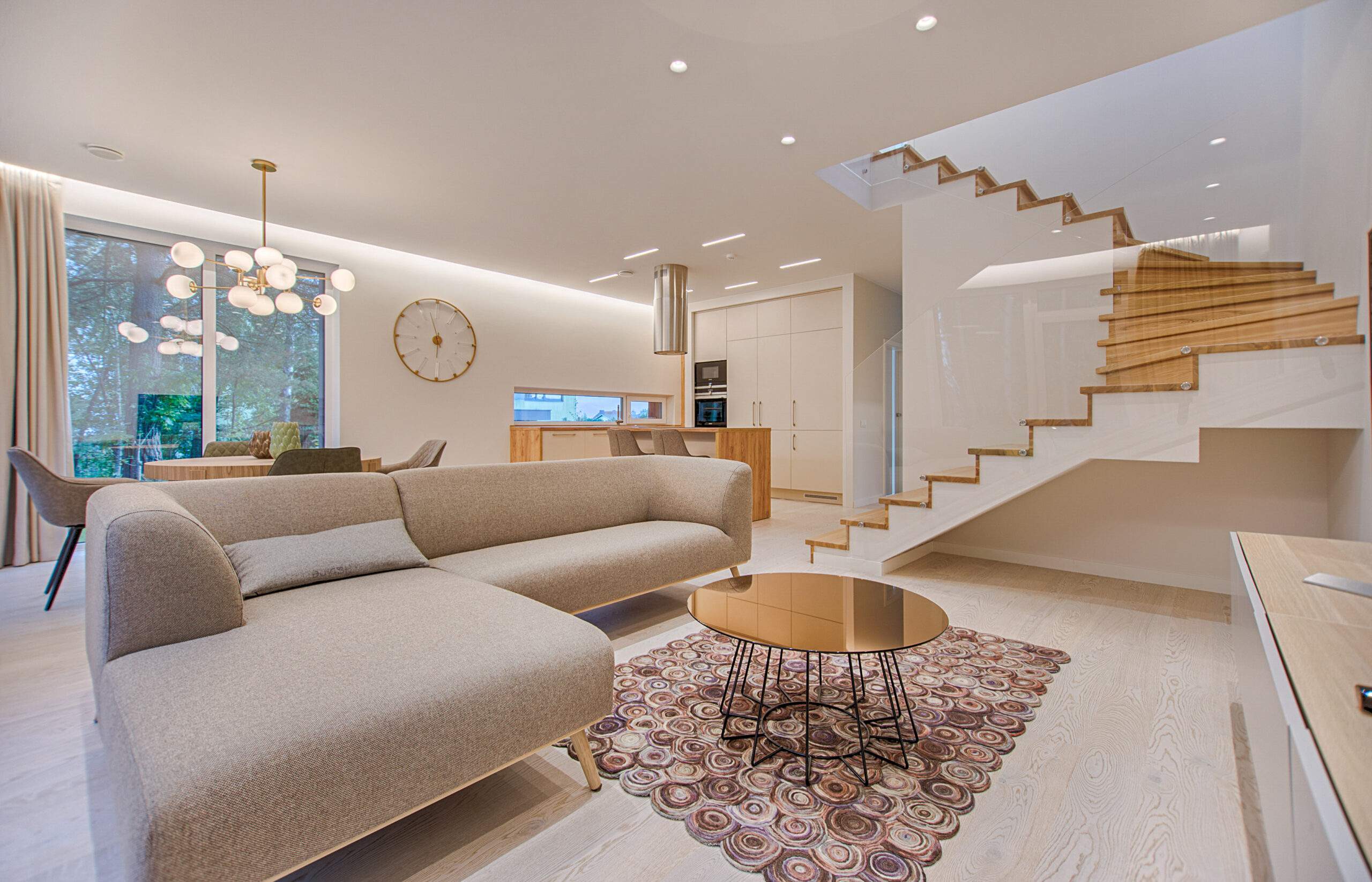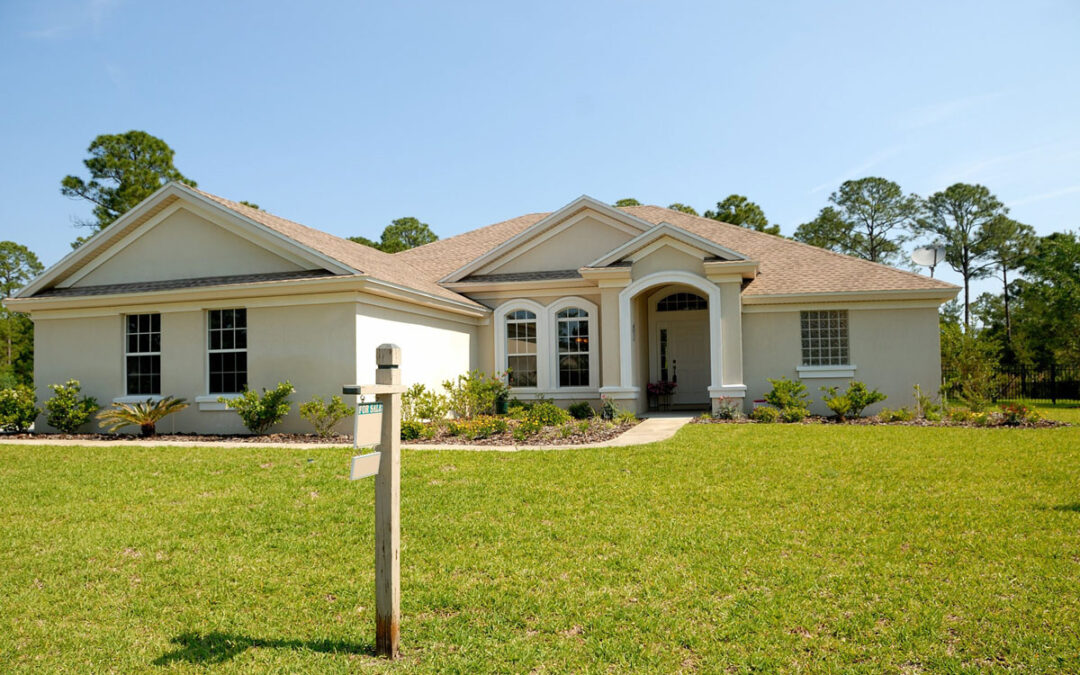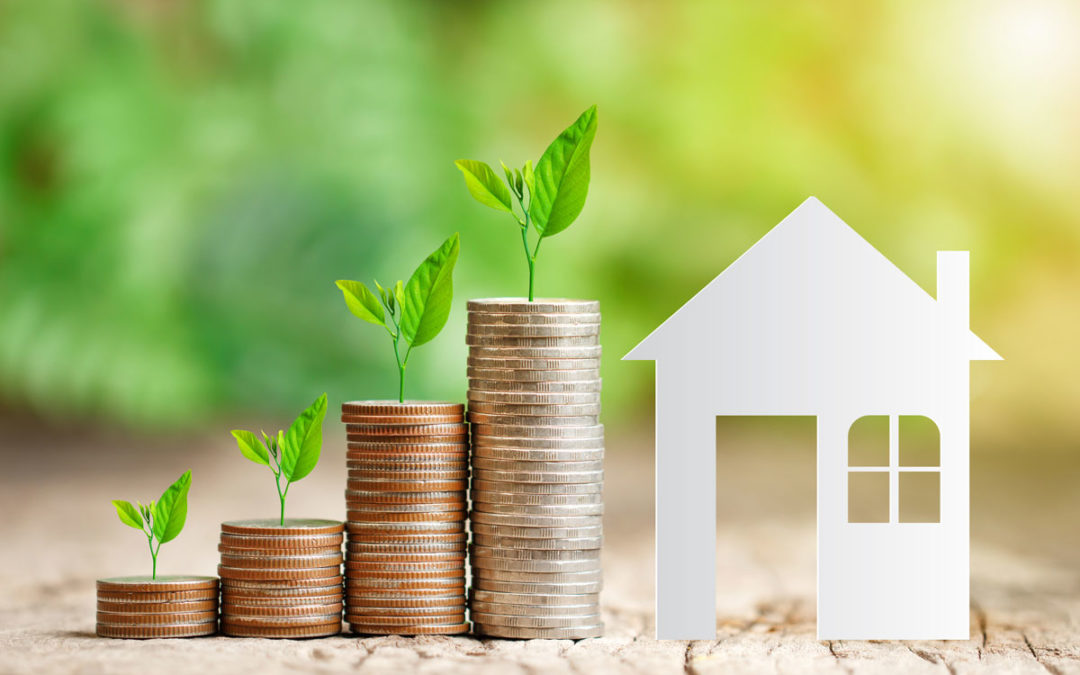In today’s ever-changing world, with environmental concerns taking center stage in global discussions, the concept of sustainable living has become increasingly vital.
This article aims to explore the numerous advantages of adopting sustainable living through eco-friendly homes. We will delve into the economic benefits that arise from making environmentally conscious choices, as well as the positive impact that these decisions have on the world around us.
Financial benefits of eco-friendly homes
Energy efficiency and reduced utility bills
Eco-friendly homes designed with energy efficiency in mind offer several financial benefits, primarily related to reduced utility bills.
These homes incorporate various features to minimize energy consumption, such as improved insulation, energy-efficient appliances, LED lighting, and advanced HVAC systems.
Additionally, the integration of renewable energy sources, like solar power, allows homeowners to generate their own electricity and potentially sell excess power back to the grid, further offsetting their energy consumption and offering long-term cost savings.
Increased property value
Adopting a sustainable and eco-friendly home can significantly increase your property value for several reasons.
First, there is a growing demand for environmentally conscious living as people become more aware of the need to address environmental issues. By incorporating sustainable practices and features into your home, you make it more attractive to a larger pool of potential buyers, thus increasing demand and driving up its value.
An eco-friendly home also stands out in the market due to its unique selling points. Features like green roofs, rainwater harvesting systems, and non-toxic building materials significantly enhance its marketability.
Buyers who prioritize sustainable living are willing to pay a premium for a home that aligns with their values, further increasing the value of your property. Lastly, by embracing sustainable practices, you future-proof your home against potential costly renovations or upgrades required to meet evolving environmental standards.
Creating an eco-friendly home
Creating an eco-friendly home involves incorporating various elements that promote sustainability, energy efficiency, and conservation.
To begin with, renewable energy sources play a vital role in reducing dependence on fossil fuels. Installing solar panels on the roof can generate clean, renewable electricity to power the home.
Efficient water conservation practices should also be implemented in an eco-friendly home. This includes installing low-flow fixtures, such as faucets and showerheads, as well as dual-flush toilets to minimize water usage.
Additionally, rainwater harvesting systems can collect and store rainwater for various purposes like irrigation and flushing toilets.
Furthermore, sustainable materials are crucial in constructing an eco-friendly home. Opting for materials like bamboo, reclaimed wood, or recycled materials for flooring, cabinetry, and insulation can minimize environmental impact.
Final thoughts
Embracing sustainable living through eco-friendly homes is a win-win solution for both your finances and the environment.
By adopting energy-efficient practices, utilizing renewable resources, and implementing eco-conscious designs, homeowners can significantly reduce their energy consumption and utility bills while minimizing their carbon footprint.
By making conscious choices in our housing and lifestyle, we can create a more sustainable and prosperous future, where every action we take has a positive impact on both our wallets and the planet we call home.





0 Comments